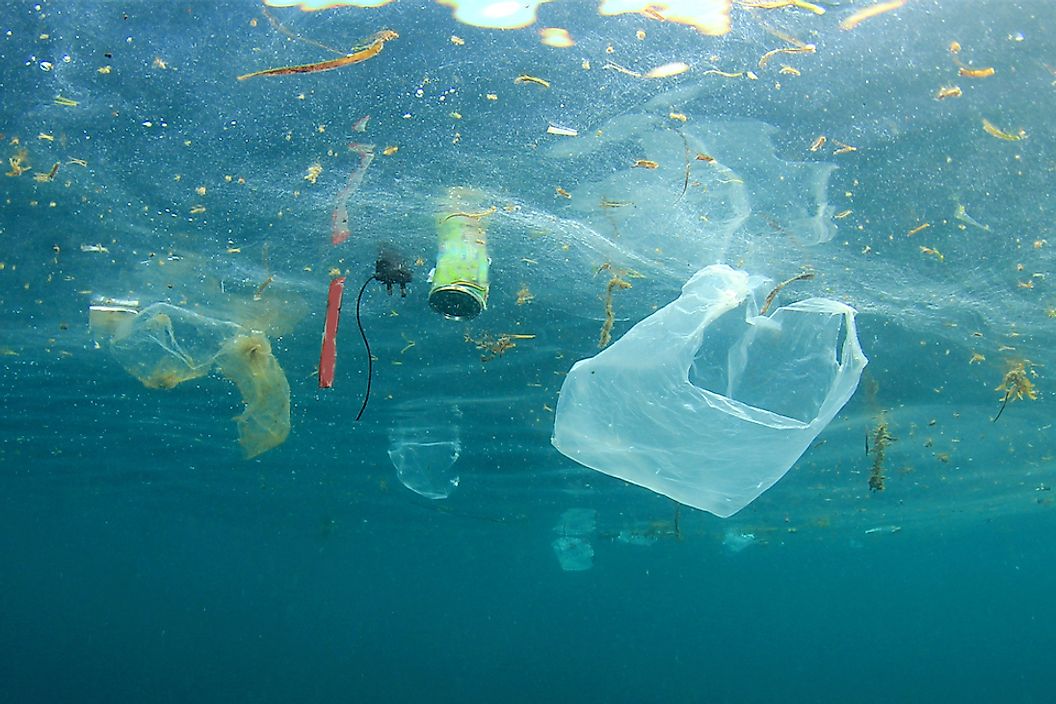How Much Plastic Is in the Ocean?

In 1907, Belgian-American chemist Leo Henricus Arthur Baekeland created the first form of plastic based on a synthetic polymer. This invention, which he named Bakelite, was nothing extraordinary until the 1960s when businesses realized that plastic could be used as packaging material. What followed was the commercialization of plastic, most of which was used as packaging material. Plastic proved to be popular among businesses and consumers, as it was cheap to produce and easily disposable. However, plastic had a shortcoming: it was non-biodegradable. Six decades after its commercialization, the plastic is wreaking environmental havoc across the globe by clogging drainage systems, choking rivers and accumulating in the ocean.
How Much Plastic Is Produced?
It is estimated that 300 million tons of plastic is produced every year, and half of this plastic is used just once and then disposed. Ten percent is recycled, while 12% is incinerated. Since the 1950s about 8 billion metric tons of plastic have been produced. The uncontrolled production of plastic led to the emergence of production facilities that were easy to set up and finance in developing states.
How Much Plastic Is in the Ocean?
Although the exact amount of plastic in the oceans cannot be accurately quantified, it is estimated that 150 million metric tons of plastic circulate the world's oceans. Furthermore, an additional 8 million metric tons are added annually. It is estimated that 250 metric tonnes of plastic will be in the oceans by 2030, and by 2050 there will be more plastic in the oceans than fish. Plastic is not only piling up in the oceans, but is also causing more harm to marine animals than any other element. Aquatic animals are becoming trapped in fishing nets at an increasingly staggering rate, while thousands more are mistaking plastic for food. About 75% of deep ocean fish have consumed plastic due to the scarcity of food at the deep sea level.
Ocean Garbage Patches
Half of the plastics that land in the ocean are less dense than water, meaning that they float. Ocean gyres pull floating plastic together to form ocean garbage patches. The Great Pacific Garbage Patch (GPGP) is the largest of five known garbage patches in the world's oceans. Located between California and Hawaii, the patch covers an area twice the size of Texas and three times the size of France. The patch holds between 1.1 and 3.6 trillion pieces of plastic float, which weighs 100,000 tons.







